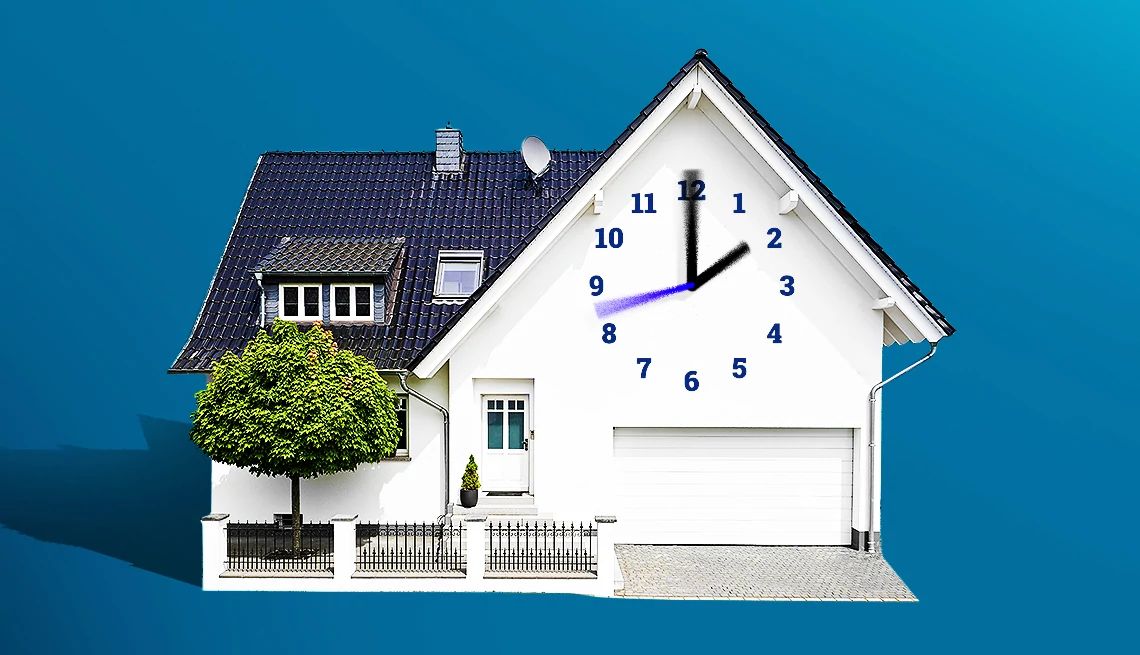AARP Eye Center
Statehouse Efforts to Focus on Caregiver Concerns
Caregiving is something that’s affected the lives of a third of older Illinois voters — and an issue that attracts bipartisan support on measures to fix it.
Those are the findings of a recent AARP survey of Illinois voters 40 and older who were asked about their history with family caregiving and their views on how the state might help them.
Family caregiving has become a key issue for the state’s growing older population, as well as the children, grandchildren or others who care for them. It’s an issue for AARP Illinois, which this year will ask the General Assembly to pass a state tax credit to defray some out-of-pocket costs caregivers incur. Other legislative priorities involve boosting nursing home quality and combating fraud.
“Family caregivers are doing countless hours of work and spending a tremendous volume of their own resources — and possibly going into debt themselves — to care for their loved ones,” says Lori Hendren, senior associate state director of advocacy and outreach for AARP Illinois.
Family caregivers spend money on everything from transportation to doctors’ appointments, to home modifications, to medical equipment. Those costs often compete with the caregivers’ own living expenses.
That’s what the 2024 AARP survey of older voters shows.
In all, 34 percent of survey respondents have experience as a family caregiver (11 percent currently, 23 percent in the past). The survey of 1,126 registered voters 40 and older was conducted last July and August.
Of those who are or have been caregivers, 61 percent cared for a parent and 17 percent for a spouse; 35 percent cared for someone with Alzheimer’s disease or related conditions; and about 30 percent spent the equivalent of a full-time job on caregiving duties.
Rick Planos, an advocacy volunteer for AARP Illinois, certainly found that when he moved back to Evanston from Oregon to take care of his mother after she was diagnosed with Alzheimer’s. He gave up a 40-year career in retail to become “an unpaid, live-in caregiver,” since he was well suited to assume live-in caregiving duties for his mother. She died in 2020.
“Caregiving is neither easy nor free,” says Planos, who is now 69. “It is all-encompassing.”
Ryan Gruenenfelder, senior director of advocacy and outreach for AARP Illinois, says the work of family caregivers is a “massive benefit” to the state.
“The burden is not being put on the state,” Gruenenfelder says. “It’s not being put on social programs. It’s on these particular people — and these people need support as they’re also trying to remain in the workforce and be productive.”
The recent AARP survey found that most respondents (84 percent) support increasing funding for respite care, which offers short-term relief for primary caregivers. It also found that 89 percent support a state income tax credit for caregivers.
A caregiver tax credit is being pushed in several other states, and a comprehensive credit has passed in two. Research by the AARP Public Policy Institute says Illinois has 1.3 million family caregivers — and in 2021 they provided $21 billion in uncompensated care.
The details of the caregiver tax credit proposal are still being worked out.
Also on the legislative agenda:
- Funding for a state caregiving portal. In 2024, Gov. JB Pritzker (D) signed an AARP-backed bill to create a hub for people seeking caregiving resources and information. Hendren of AARP estimates the portal will cost $3 million to get off the ground in its first year.
- Bolstering quality care for nursing home residents, to ensure that the facilities provide minimum staffing levels.
- Legislation targeting fraud on issues including cryptocurrency and gift cards. ■
Frederic J. Frommer has worked as a journalist for more than 30 years, including 16 years at The Associated Press, and is the author of several books.
- What Are the Pros and Cons of Receiving Pay as a Family Caregiver?
- How to Find a Caregiver Support Group That's Right for You
- Finding the Right Long-Term Care for Your Loved One

































































